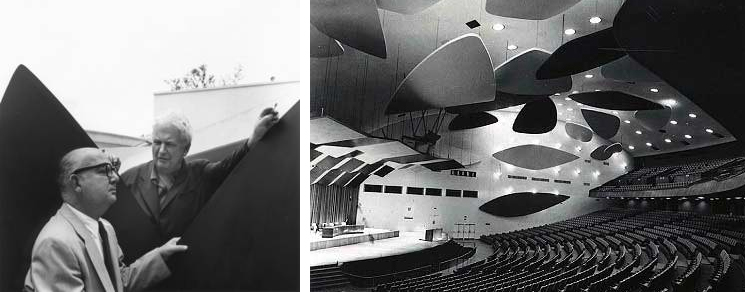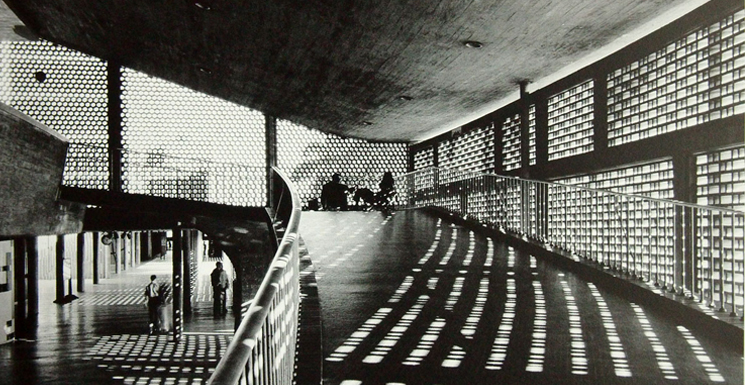Submitted by WA Contents
Villanueva 114 years
United Kingdom Architecture News - Jun 01, 2014 - 13:55 12390 views

In 1937 Carlos Raúl Villanueva will visit the Universal Exhibition in Paris, and sees the first sculpture of Alexander Calder in the flag of Spain designed by Josep Lluis Sert and harboring Picasso's Guernica, by then the Venezuelan architect designing in conjunction with Luis Malausena row Venezuela. From then follows the sculptor and in 1952 started the discussion with him about his involvement in the University City of Caracas, the campus of the main house and the Venezuelan study more tangible example of what is built in this period, project that manages to transcend the regime that entrusts to document through the most significant urban space, architectural and artistic synthesis of the twentieth century.
Carlos Raúl Villanueva (London, UK May 30, 1900 - Caracas, Venezuela, August 16, 1975) Today fulfilled 114 years and the University City of Caracas - which this year celebrates 60 years of its opening officially today is the scenario favorite of the political struggle that impairs and destroys not only the built heritage but also the foundations of the battered and impoverished society that stopped believing in their land as a stage as possible.
In the twentieth century, the power and the state is set as standard to promote excellence in public architecture. The flag of modernity in Latin America came from the hand of architects, following the doctrines and trends in Europe in the early centuries, managed to catalyze and capitalize, political and public interest in modern architecture of these countries as well; Eladio Dieste, Oscar Niemeyer, Lucio Costa, Joaquín Torres García, Carlos Raúl Villanueva, Amancio Williams, Mario Pani, among others, were responsible for promoting and implementing what in Europe and the United States saw war diminished names.
The architecture produced in Latin America during the twentieth century, in the period from 1929 to 1960 - was the center of the international development of modern architecture and urbanism. The power of this critical period lies in an architecture that fails to understand the need for social and political pact architect with society at large, visible in the quantity and quality of public projects built.Implementation of modernity in Latin America were two main aspects: understanding the universal conditions of modernity and how local hues would achieve impregnated therein. Will the future be able to offer architecture as prolific as the panorama of the twentieth century? Are our politicians understand the role of architecture how social construction tool will be able?

> via arquine.com